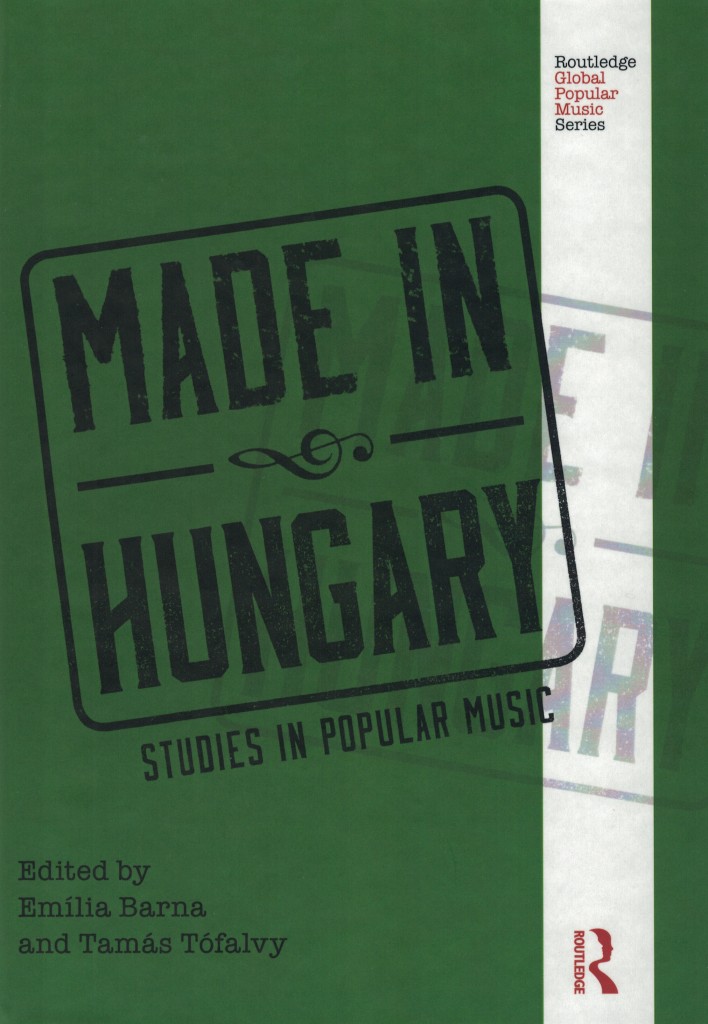Studies in Popular Music
Edited by Emília Barna and Tamás Tófalvy
January 2017 | Routledge
Introduction
The Study of Popular Music in Hungary
EMÍLIA BARNA
Part I: Scenes, Cultures and Identities
1. Setting Up a Tent in the “New Europe:” The Sziget Festival of Budapest
ANNA SZEMERE and KATA MÁRTA NAGY
2. Taming the Extreme: Hungarian Black Metal in the Mainstream Publicity
ATTILA GYULAI
3. Learned Helplessness of a Cultural Scene: The Hungarian Contemporary Jazz Scene through the Eyes of Its Participants
RÉKA SZABÓ
4. A Translocal Music Room of One’s Own: Female Musicians within the Budapest Lo-Fi Music Scene
EMÍLIA BARNA
Part II: History, Politics and Remembering
5. The Songs Remain the Same: Structures of Cultural Politics of Retro in Hungarian Pop Music
FERENC HAMMER
6. “Hungarian in Form, Socialist in Content:” The Concept of National Dance Music in Stalinist Hungary
ÁDÁM IGNÁCZ
7. Paper Mohawk: On a Missing Hungarian Punk Monograph
NORBERT VASS
8. “Nothing But the Music…:” The History of Hungarian Funk Music
JÓZSEF HAVASRÉTI
Part III: Artists, Receptions and Audiences
9. The Insecure Village Girl Who Found Success, and Her Gentle Deconstructions: Bea Palya
ANDRÁS RÓNAI
10. “Gloomy Sunday:” The Hungarian “Suicide Hymn” between the Myths and Interpretations
ÁGNES PATAKFALVI-CZIRJÁK
11. “This Kind of Music Informs You about the Present State of the World:” DJ Palotai’s Position within the Contemporary Hungarian Underground Culture
SÁNDOR KÁLAI
12. The Way They Were: Subcultural Experiences of Emo Fans from a Retrospective Aspect
ÁDÁM GULD
13. The Growth of the Hungarian Popular Music Repertoire: Who Creates It and How does It Find an Audience?
DÁNIEL ANTAL
Coda
14. “My Genes in My Suitcase, My Forehead in the Atmosphere:” Perceptions of Hungarian Popular Music and Its Research Abroad
ANNA SZEMERE
Afterword
15. “A Dozen Songs Put in the Right Order:” A Conversation with Yonderboi
ANDRÁS RÓNAI, EMÍLIA BARNA and TAMÁS TÓFALVY
